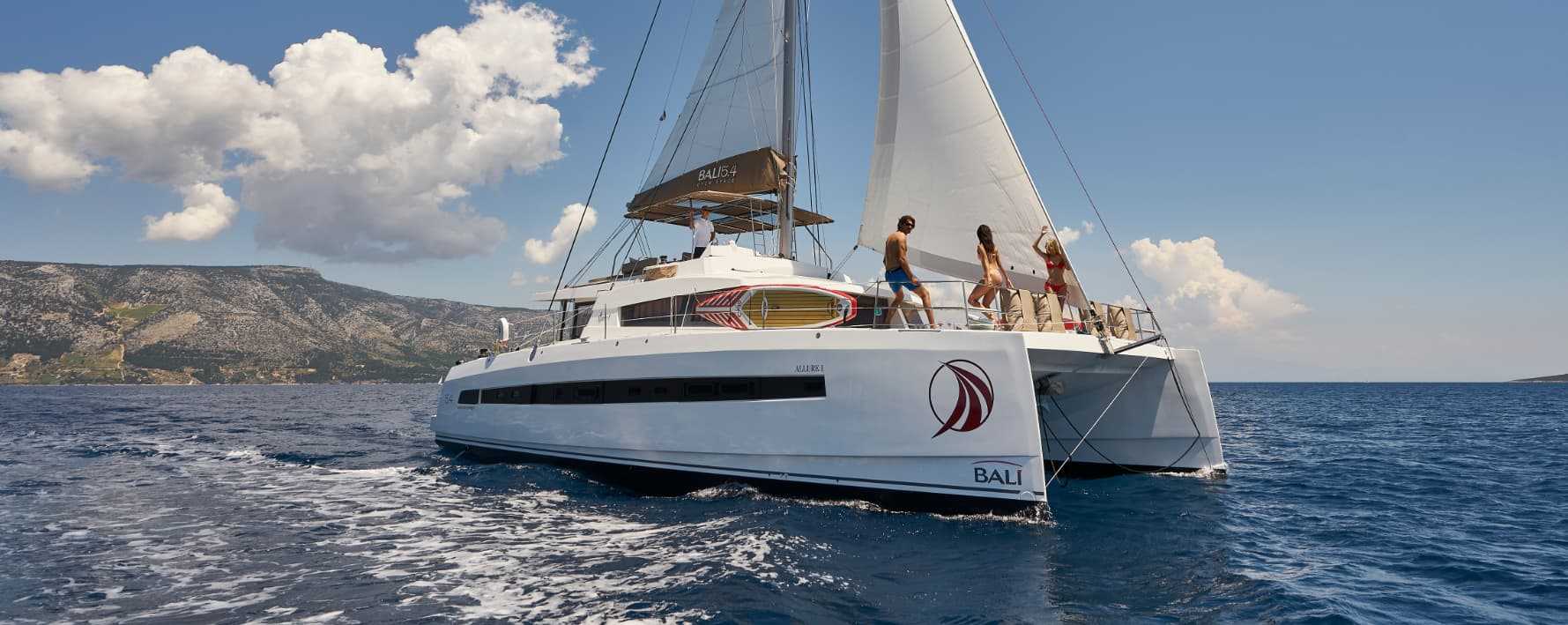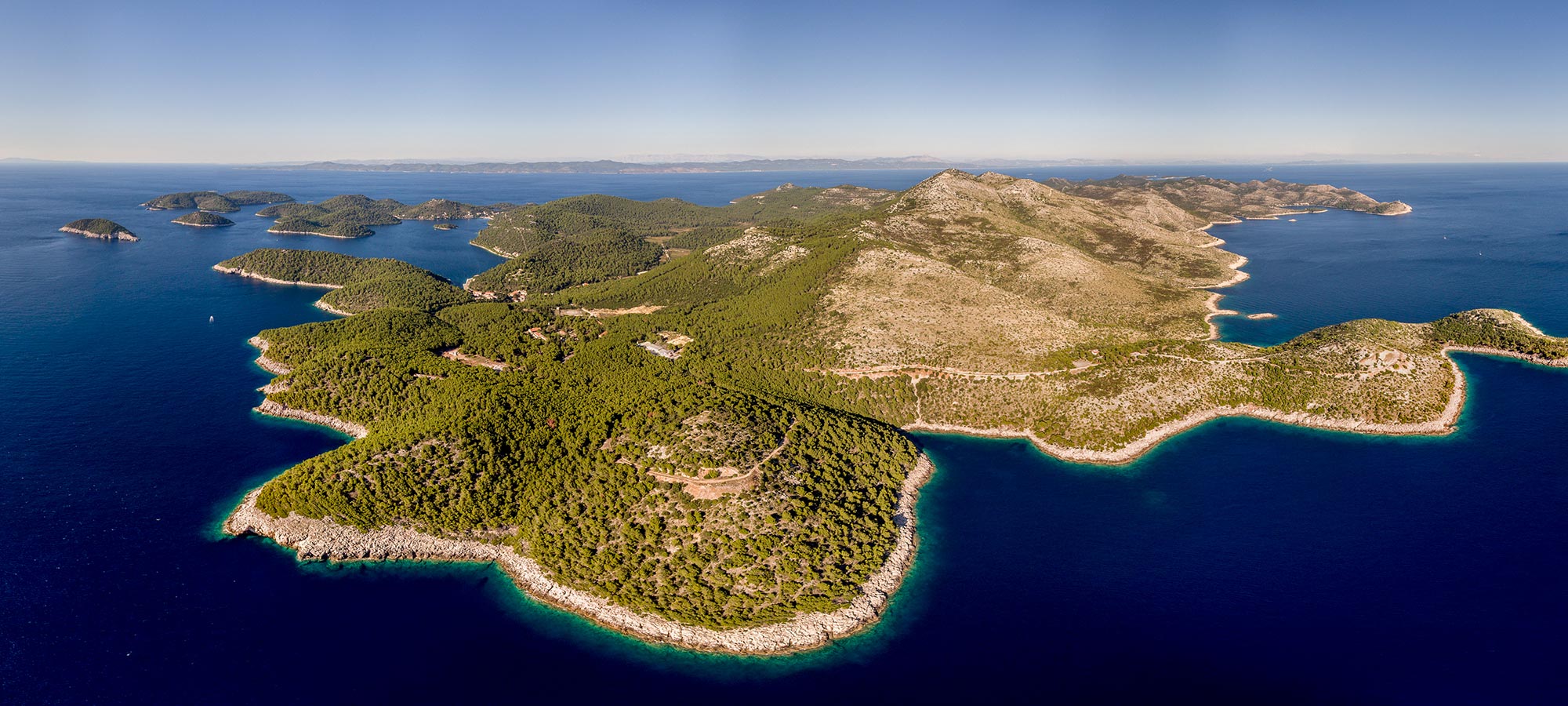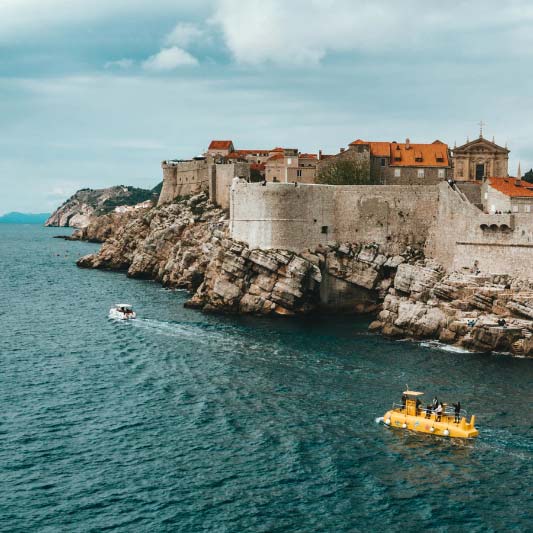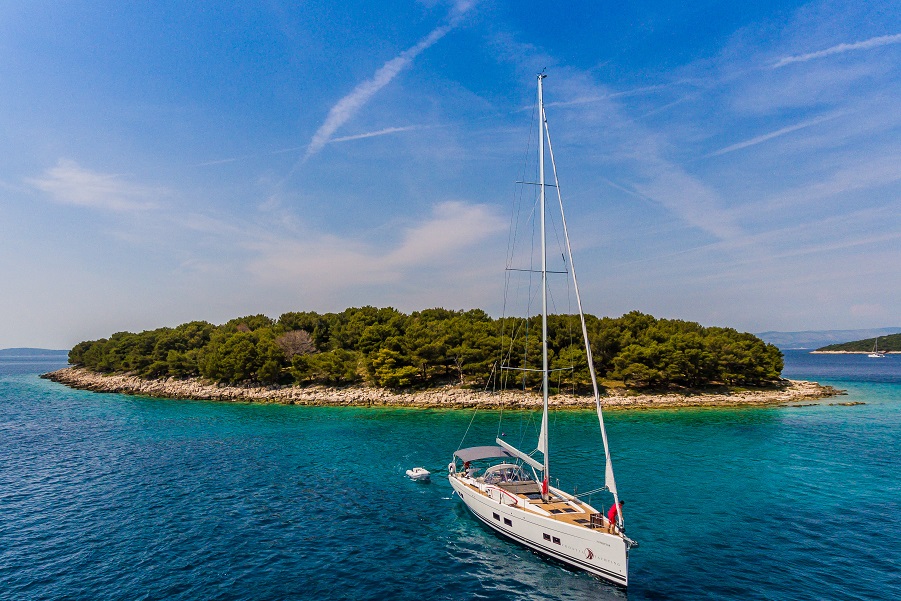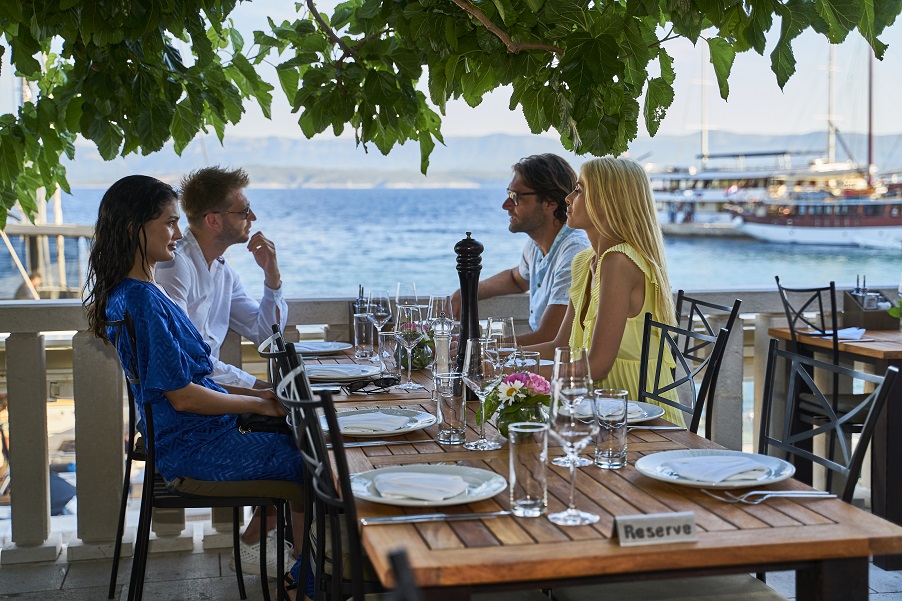Lastovo - hidden gem

Table of Contents
Lastovo – the island of crystal stars - with its surrounding archipelago of 46 smaller islands is situated 13 kilometres south from Korčula. This magnificent island and its surroundings are protected as Nature Park since 2006 when the government recognized the need to protect this mystical island and its natural beauties. The World Wildlife Fund (WWF) declared the island an area of special importance for biodiversity conservation in the Mediterranean.
It’s not easily reachable which is why the nature is still intact, the green forest and amazingly blue sea here are truly fascinating. Also, being remote, the island is not crowded.
One of the reasons why the island is still “raw” and intact is the fact that during the Yugoslav era it was used as a military base and was closed to foreign visitors. Due to the military atmosphere, Yugoslavian citizens also avoided Lastovo.
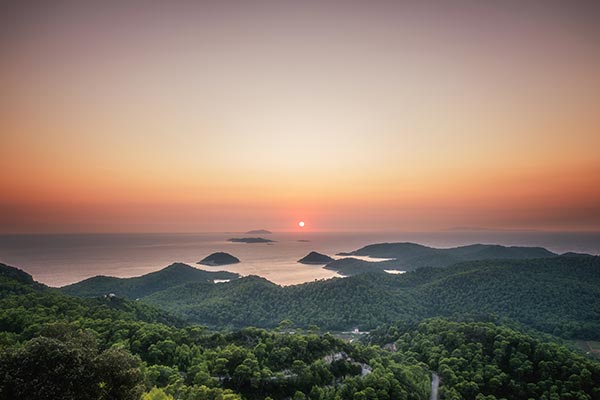
The island is not highly populated, according to 2011 population census there were only 816 inhabitants. For example, there is only one primary school and, according to some data, only about 80 kids in kindergarten. After finishing primary school, kids need to go to the cities of Korčula or Split for higher education.
Here you will not find large tourist settlements, numerous hotels, crowded and too noisy bars and restaurants. Lastovo is an island for complete relaxation, with no stress at all. Can you imagine that you can’t just walk into a shop and buy newspapers? That is because they are pre-ordered for several people living here!
The archipelago of Lastovo hides a lot of small protected bays, among which Pasadur, Zaklopatica and Skrivena luka are the most popular ones.
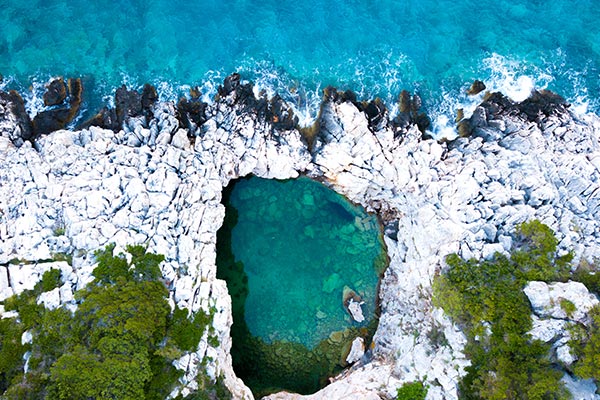
At the entrance of the bay Skrivena luka you will be welcomed and guided by Struga lighthouse. Struga is one of the most beautiful lighthouses in Adriatic. Built on the edge of a cliff, this lighthouse presents you a splendid view. If you are lucky enough you might be invited to have dinner with the lighthouse keeper and his family, and enjoy freshly caught meal from that deep, stunningly blue sea or even go fishing with the lighthouse keeper!
The bays of Lastovo are perfect for swimming and relaxation of your body and mind. However, more and more sailors visit them, today nautical tourism is the most important sector of tourism in the Lastovo islands, which is why they all need to be careful not to impact this fragile ecosystem. Sailors should be very careful, instead of anchoring, mooring the boat it’s highly recommended. Also, while diving, you should be careful not to upset or endanger sea life. Fishing without a permit is forbidden, as well as throwing waste.
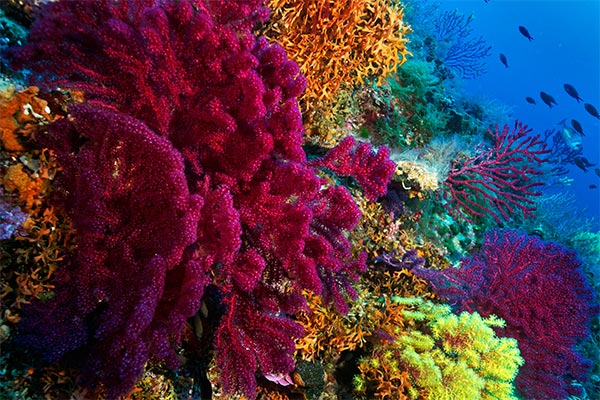
Not only the coastal part of the island is interesting. The main village, also called Lastovo, was built on a hill, not by the sea, overlooking fertile fields. While walking through the narrow streets, look up and notice unusual cylindrical chimneys, typical for houses in this village. Each chimney is unique, you will not find the same two!
The chimneys are not the only unusual thing here – Lastovo Carnival is also something completely extraordinary! While elsewhere carnival traditions have been reduced to masked parades, drinking and dancing, the Lastovo Carnival (known as Poklade) is a unique multi-day folk event which celebrates tradition.
The inland is crosslinked with hiking and cycling trails, through the Aleppo pine and oak-pine forests. Wherever you go, at the end of each trail, you will be left breathless by the beautiful views. Along the way, you will inevitably pass some of the 40 mediaeval churches.
Few bays of Lastovo present you restaurants offering freshly caught seafood, make sure you taste some of the delicious specialities! Also, do not miss to taste wines. All Dalmatian islands offer excellent local wines, and on Lastovo there are now several wineries and cellars producing wine form the most widespread varieties such as rukatac, grk, pošip, plavac mali and plavina. With advance notice, you can go on a guided tour of some cellars.
